Vascular And Nerve Injury After Knee Dislocation
The Trauma Pro
JULY 30, 2024
There’s a lot of dogma in trauma care, as well as in the field of medicine generally. The knee dislocation dogma is that the incidence of vascular injury is high (around 50%) with posterior dislocation and somewhat lower with non-posterior dislocation. At least, that’s what I learned way back when. After recently finding myself spouting off those numbers, I wondered if it was really true.
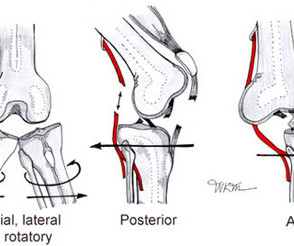
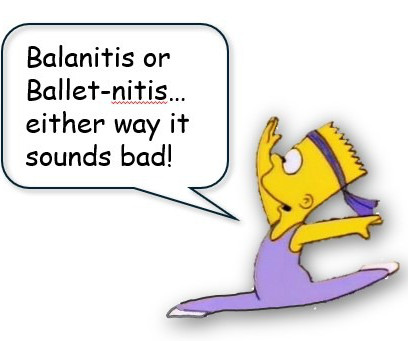

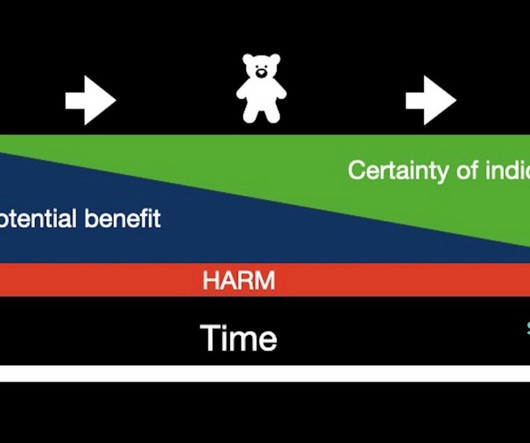



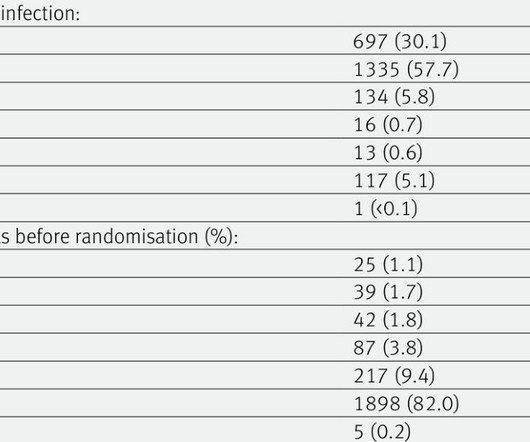




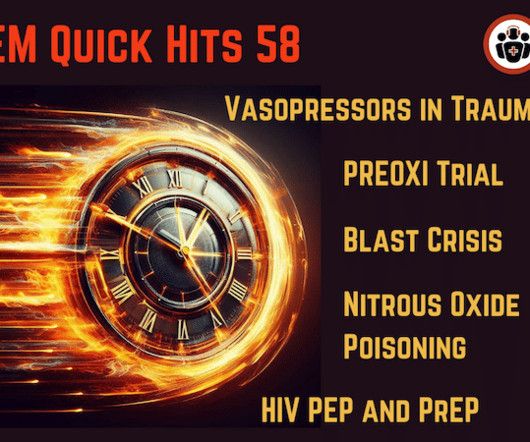



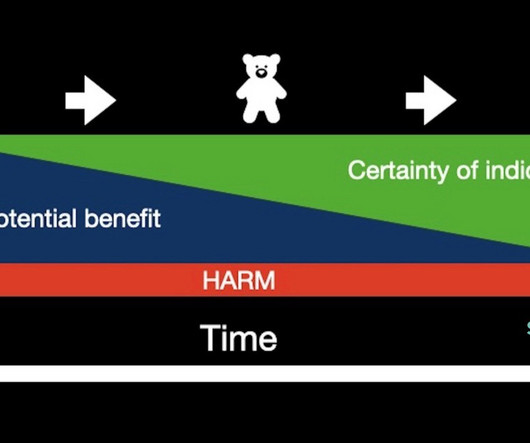
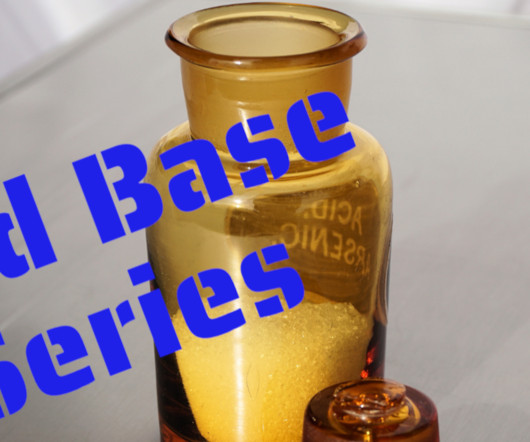

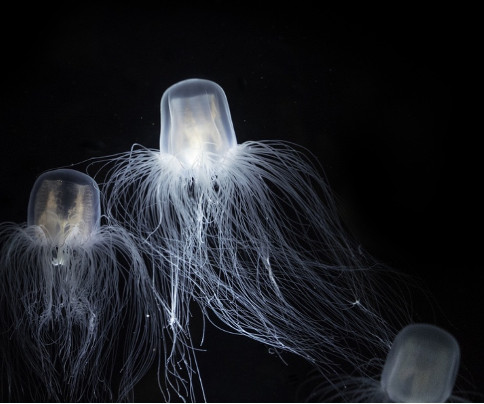




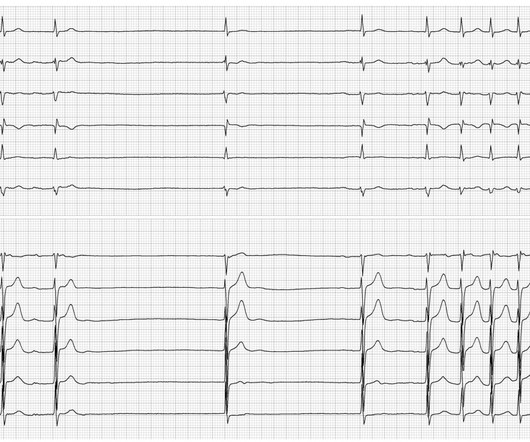


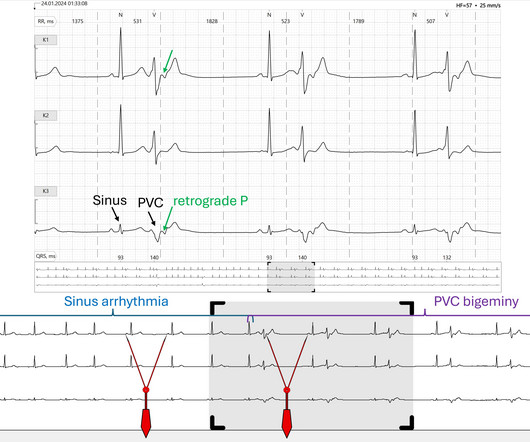



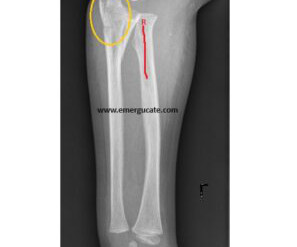


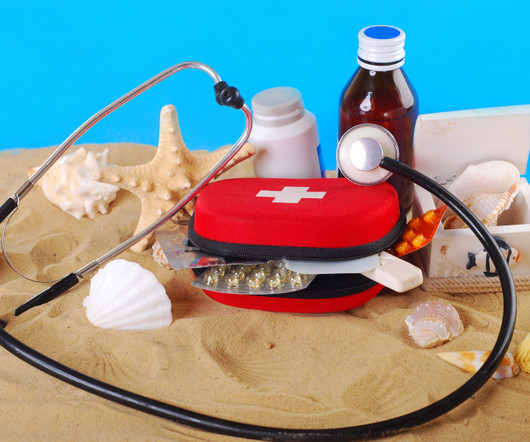








Let's personalize your content